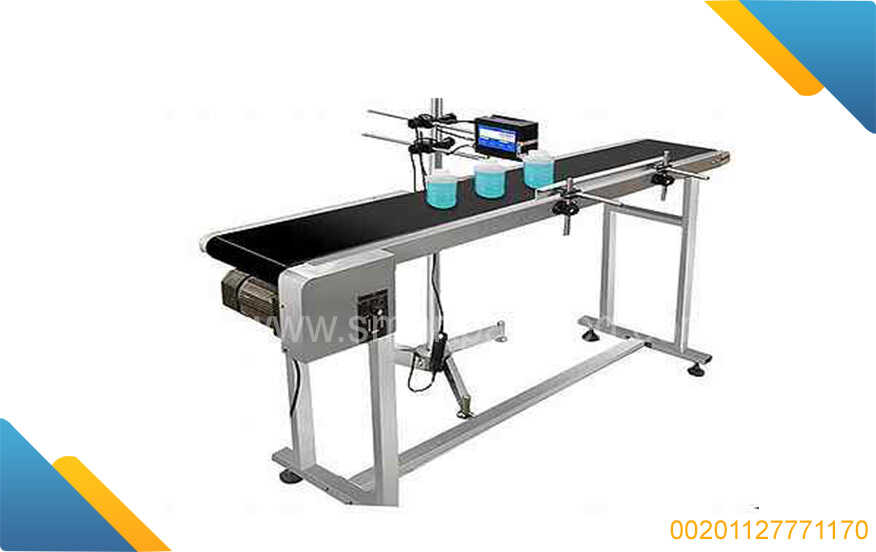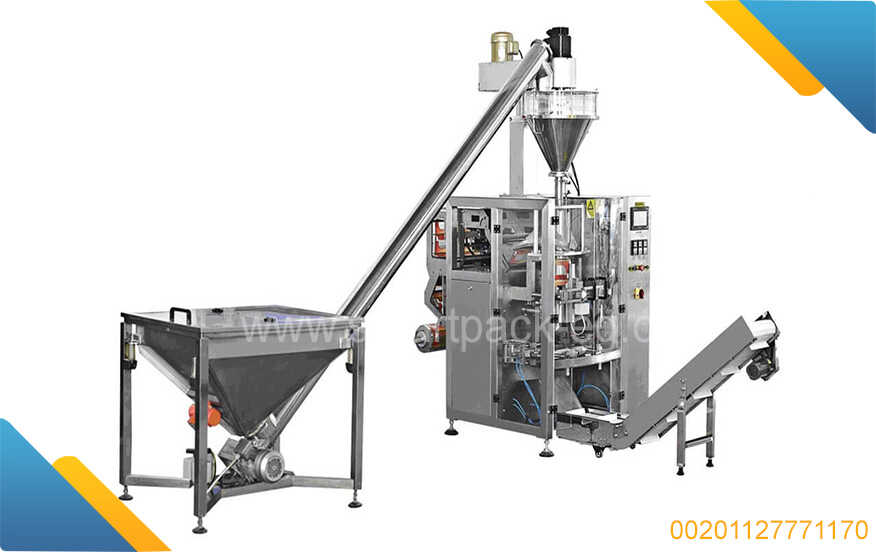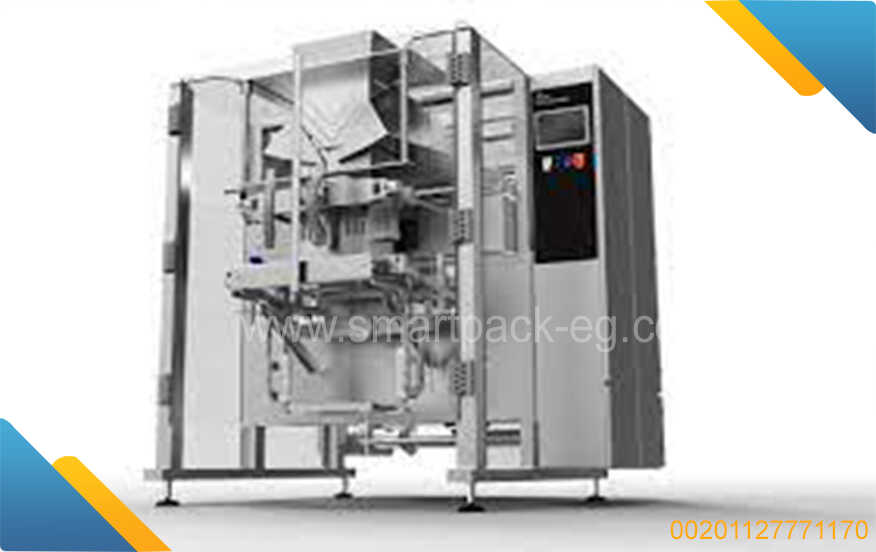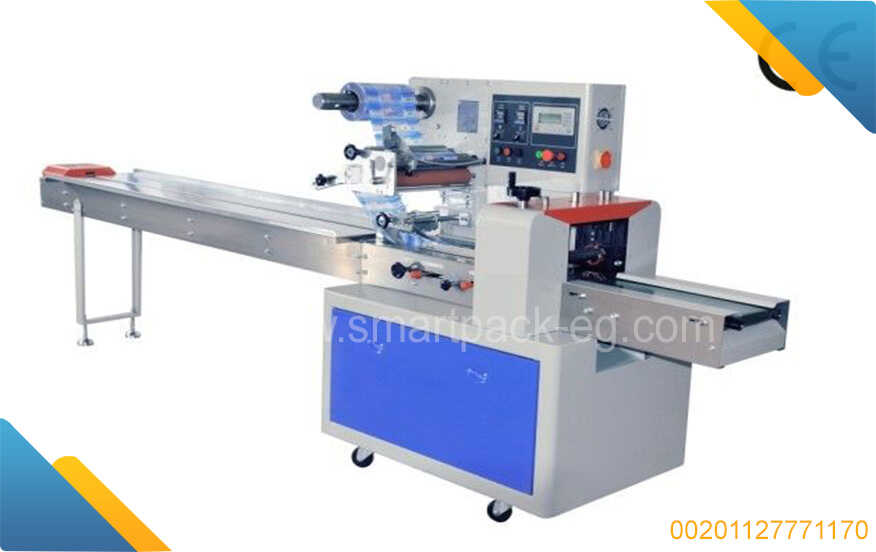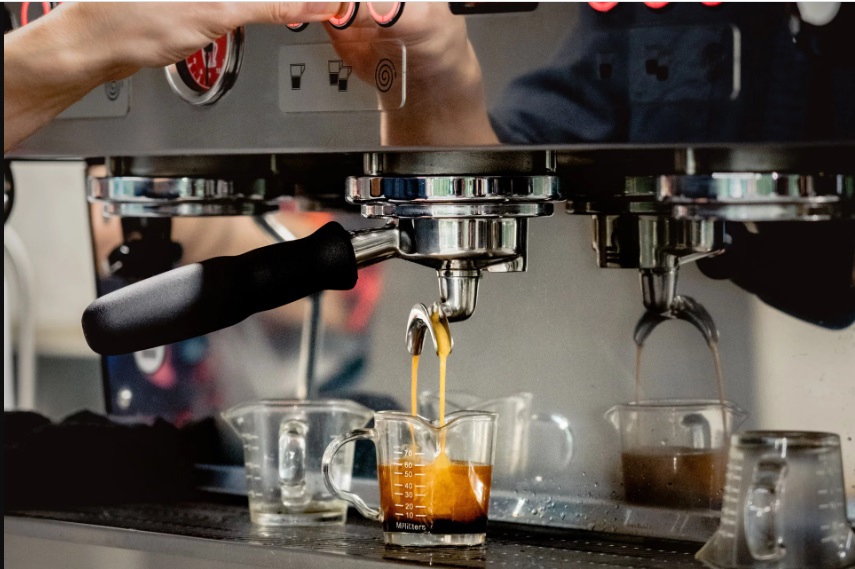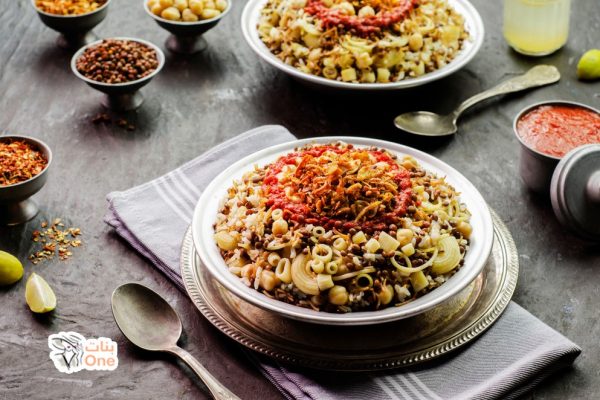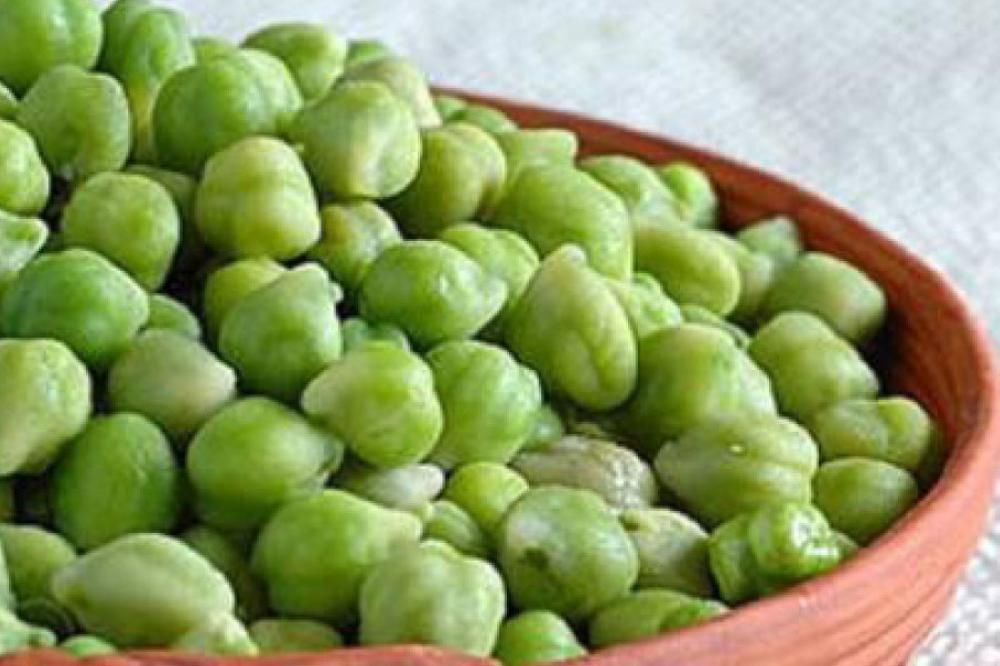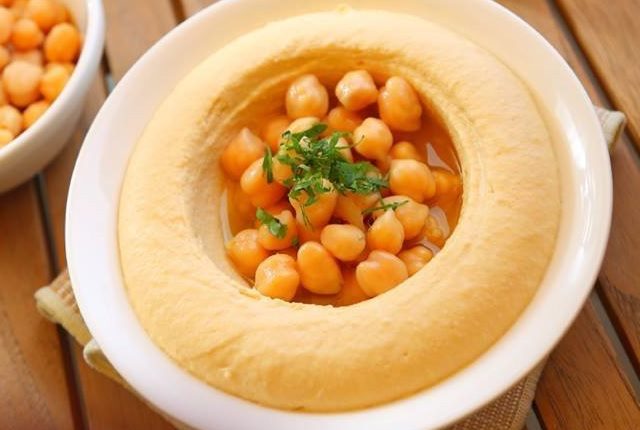What are Pasta Made Of? - A How-To Guide
Pasta is undoubtedly a staple in many cuisines around the world. From Italy's iconic spaghetti to Asia's beloved noodles, pasta varieties are plentiful and diverse. But have you ever wondered what exactly pasta is made of? In this guide, we will delve into the fascinating world of pasta ingredients and manufacturing processes. So, let's get started!
Understanding the Basics:
The fundamental ingredient in most pasta is durum wheat semolina. Durum wheat is a hard type of wheat with high protein content and gluten strength, making it perfect for pasta production. Semolina is the coarsely ground endosperm of durum wheat, giving pasta its characteristic texture and golden color.
Different Types of Pasta and Their Ingredients:
While the main ingredient remains consistent, the addition of other ingredients and processing techniques creates a variety of pasta shapes and flavors. Here are some common types of pasta and what they're made of:
-
Egg Pasta:
Egg pasta, such as tagliatelle and fettuccine, incorporates eggs along with durum wheat semolina. The eggs give the pasta a rich and luxurious texture and enhance its flavor. -
Whole Wheat Pasta:
Whole wheat pasta is made from durum wheat that hasn't been refined, keeping the bran and germ intact. This type of pasta contains more fiber and nutrients than regular pasta but has a slightly nuttier flavor and denser texture. -
Gluten-Free Pasta:
For those with gluten sensitivities or dietary preferences, gluten-free pasta is an excellent option. It is typically made from alternative flours like rice, corn, quinoa, or a combination of these, ensuring there is no trace of gluten in the final product.
Manufacturing Process:
The process of making pasta involves combining the ingredients, kneading the dough, and extruding it into various shapes. Here are the steps involved:
-
Mixing:
The durum wheat semolina or other flours, depending on the pasta type, are combined with water or eggs. The ratio of hydration is crucial for achieving the desired consistency. -
Kneading:
The dough is then kneaded thoroughly to develop the gluten network, ensuring elasticity and proper structure. Kneading also helps to distribute moisture evenly throughout the dough. -
Resting:
After kneading, the dough is allowed to rest for a specified period. Resting hydrates the semolina particles fully, resulting in a smoother and more pliable dough. -
Extrusion/Shaping:
The rested dough is passed through a pasta machine or extruder, which pushes the dough through dies with different shapes and sizes. This process gives us the delightful variety of pasta shapes we are familiar with. -
Drying:
Next, the freshly shaped pasta is dried to remove excess moisture, making it shelf-stable. Traditional drying methods involve hanging the pasta or spreading it on trays, while modern techniques utilize temperature-controlled chambers.
Cooking and Enjoying Pasta:
To cook pasta to perfection, bring a large pot of salted water to a rolling boil. Cook the pasta according to the package instructions or until it reaches your desired level of tenderness. Once cooked, drain the pasta, toss it with your favorite sauce, and indulge in the delightful flavors and textures.
In conclusion, pasta is primarily made from durum wheat semolina, with various ingredients and techniques added to create different types of pasta. Understanding the basics of pasta ingredients and the manufacturing process not only enhances your appreciation for this beloved food but also empowers you to experiment with flavors and shapes in your own kitchen. So, go ahead, unleash your culinary creativity, and enjoy the delightful world of pasta-making!

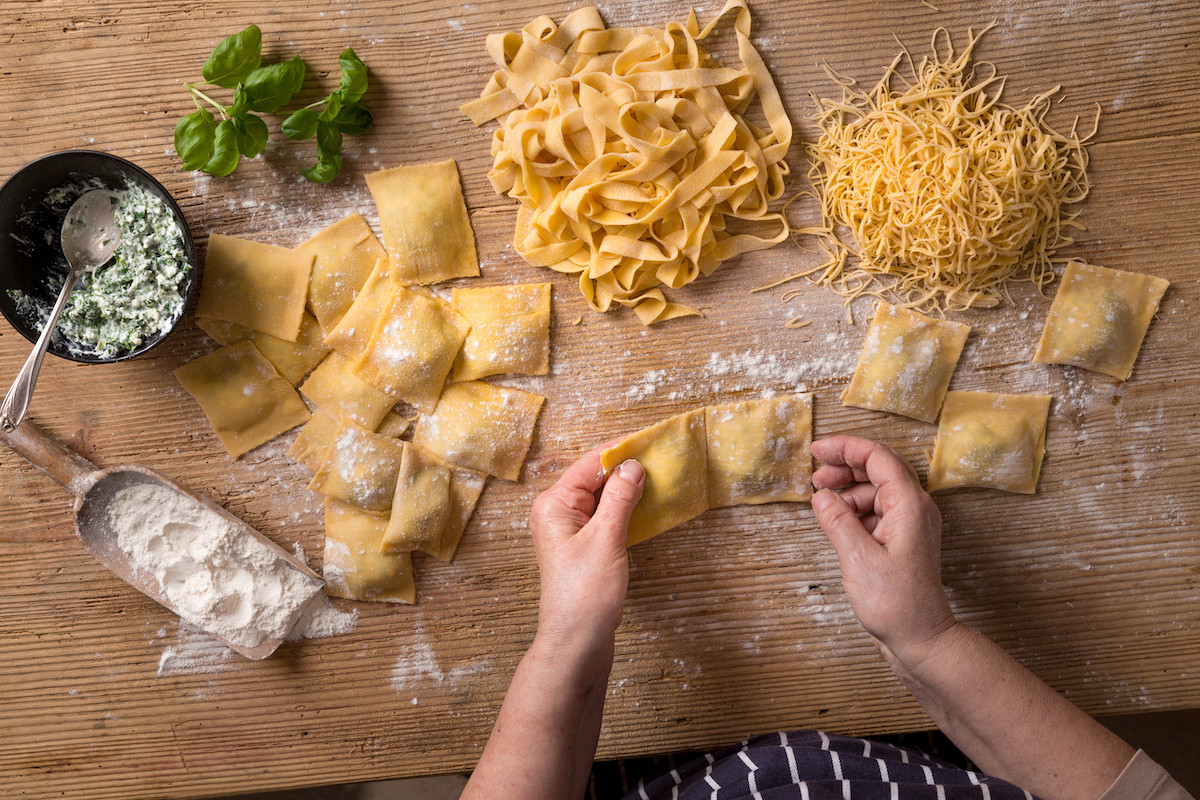
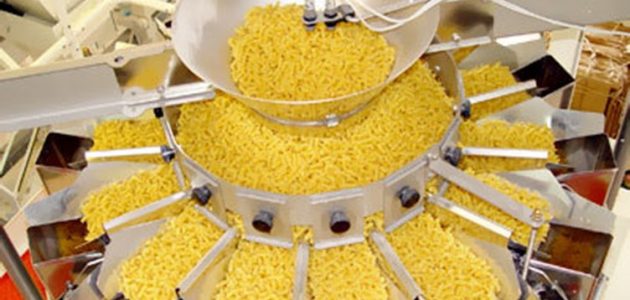
 Admin
Admin 